太阳能光伏光热一体化组件的应用特性研究
摘要合理高效的用能已经不能及时填补社会经济发展所带来的能源紧张与环境污染等问题,所以开发利用新能源显得尤为重要。针对光伏发电系统普遍推广的应用现状及高效利用新能源的思想,提出太阳能光伏光热一体化(PV/T)组件的应用研究。本文根据上海市日照条件,分析了PV/T组件最佳倾角的计算方法并得出并网系统最佳倾角为22°,并对PV/T系统中PV/T组件、逆变器、保温水箱及循环水泵等设备进行选型设计。同时设计光伏方阵为同等功率的固定式光伏发电(FPV)系统和双轴追踪式光伏发电(TPV)系统作为参照。最后根据研究目的制定了实验方案,并在此基础上介绍了实验装置的应用。PV/T组件应用特性实验研究表明,本文提出...
相关推荐
-
我国基层财政困难的制度成因分析与对策研究VIP免费
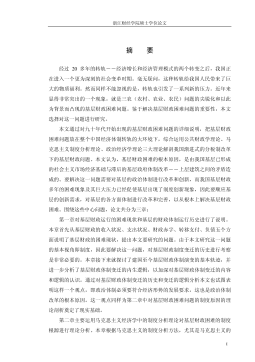
 2024-09-20 25
2024-09-20 25 -
我国煤电产业链纵向交易合约机制研究VIP免费
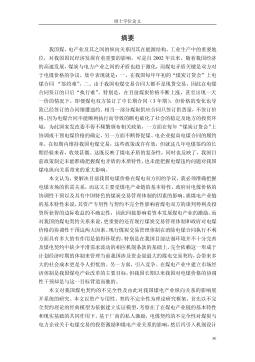
 2024-09-20 23
2024-09-20 23 -
生产要素视角下的上海市产业结构优化研究VIP免费
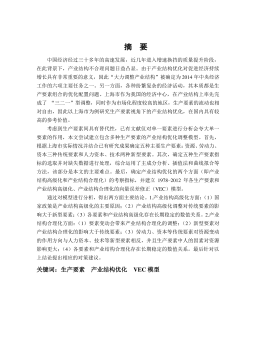
 2025-01-09 6
2025-01-09 6 -
我国银行业结构与经济结构关系研究VIP免费
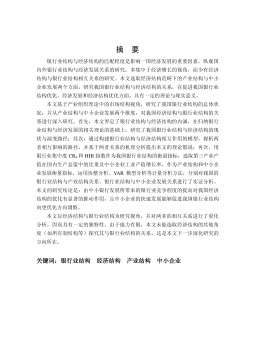
 2025-01-09 7
2025-01-09 7 -
大数据视角下农业供应链金融研究VIP免费
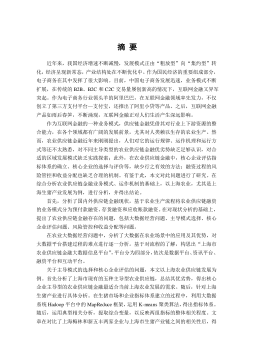
 2025-01-09 6
2025-01-09 6 -
跨国大型综合超市的规划研究VIP免费
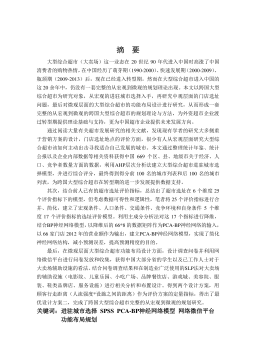
 2025-01-09 6
2025-01-09 6 -
跨境电商农产品质量安全问题研究VIP免费
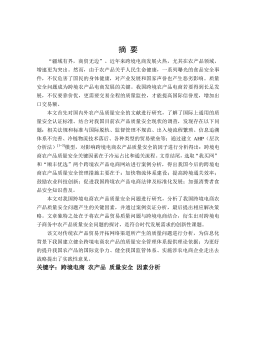
 2025-01-09 6
2025-01-09 6 -
世界市场的虚拟化与我国国际电子商务发展方向研究VIP免费
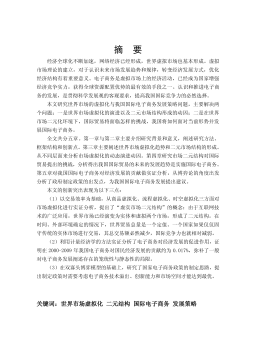
 2025-01-09 6
2025-01-09 6 -
中国政府对电力行业的价格规制问题研究VIP免费
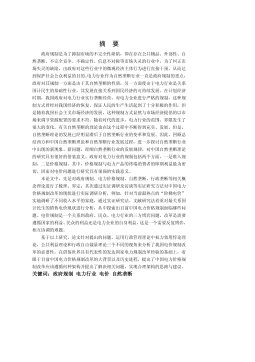
 2025-01-09 6
2025-01-09 6 -
中小企业信息化系统集成技术研究VIP免费

 2025-01-09 11
2025-01-09 11
相关内容
-

跨国大型综合超市的规划研究
分类:高等教育资料
时间:2025-01-09
标签:无
格式:PDF
价格:15 积分
-

跨境电商农产品质量安全问题研究
分类:高等教育资料
时间:2025-01-09
标签:无
格式:PDF
价格:15 积分
-

世界市场的虚拟化与我国国际电子商务发展方向研究
分类:高等教育资料
时间:2025-01-09
标签:无
格式:PDF
价格:15 积分
-

中国政府对电力行业的价格规制问题研究
分类:高等教育资料
时间:2025-01-09
标签:无
格式:PDF
价格:15 积分
-

中小企业信息化系统集成技术研究
分类:高等教育资料
时间:2025-01-09
标签:无
格式:PDF
价格:15 积分






